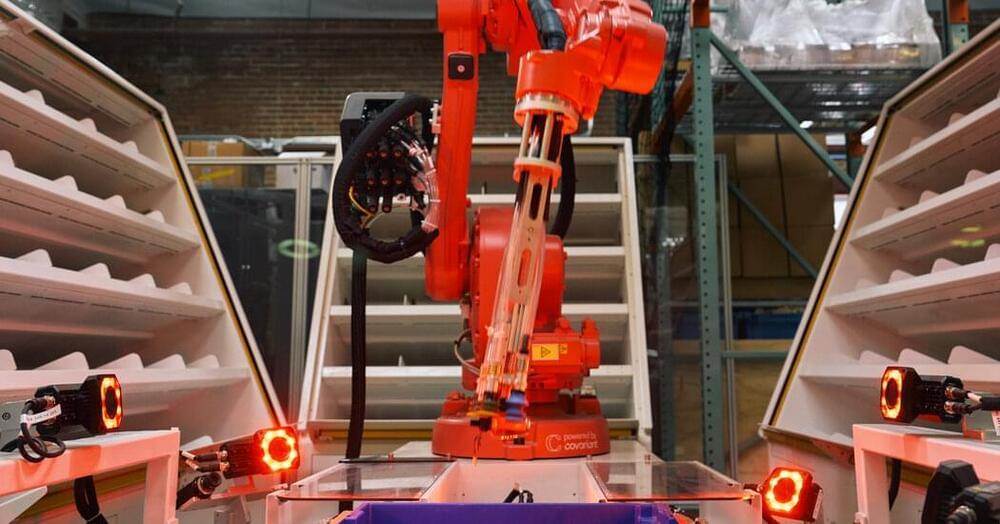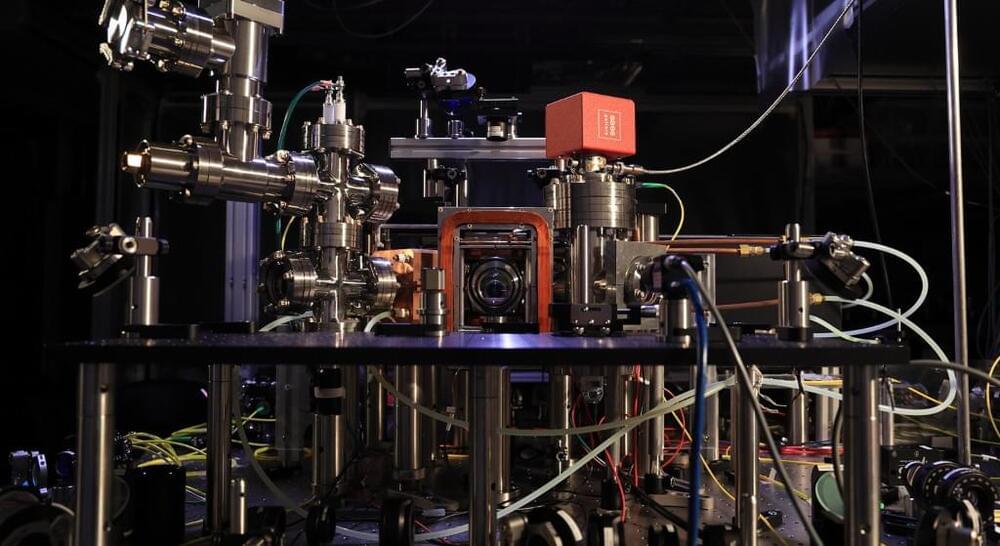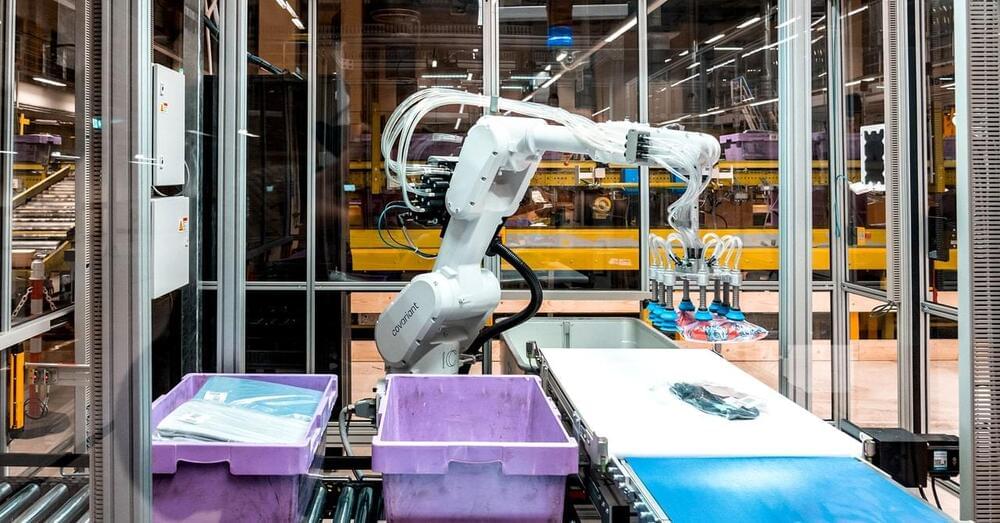Researchers managed to crack Meta’s Quest VR system, allowing them to steal sensitive information, and manipulate social interactions.





I have been engaged in the telecommunication industry for over 25 years, and it is so refreshing to see the positive energy moving into this sector as a result of applying generative AI technologies.
The telecom industry can accelerate growth from generative AI. Here are use cases for the telco industry.



From the article:
“Somewhere between one and ten million qubits are needed for a fault-tolerant quantum computer, whereas IBM has only just realized a 1,200-qubit computer,” says Aoki.
While this approach isn’t limited to any specific platform for quantum computers, it does lend itself to trapped ions and neutral atoms since they don’t need to be cooled to cryogenic temperatures, which makes them much easier to connect.
A hybrid approach
Aoki and his team are investigating the possibility of using a hybrid quantum system of atoms and photons known as a cavity quantum electrodynamics (QED) system as a promising way to connect units. “Cavity QED provides an ideal interface between optical qubits and atomic qubits for distributed quantum computing,” says Aoki. “Recently, key building blocks for realizing quantum computers based on cavity QED, such as single-photon sources and various quantum gates, have been demonstrated using free-space cavities.”


People in the daratumumab group who stayed MRD negative for at least a year were able to stop taking daratumumab as maintenance therapy and remained cancer free. That’s important, Dr. Sonneveld said, because taking fewer drugs long-term for maintenance therapy often translates to a better well-being and quality of life.
Adding daratumumab to the standard treatment resulted in a nearly 60% drop in the risk of cancer progression or death (hazard ratio of 0.42), the researchers determined.
The magnitude of that change is “unprecedented in these kinds of phase 3 trials [for] multiple myeloma,” Dr. Sonneveld said.
